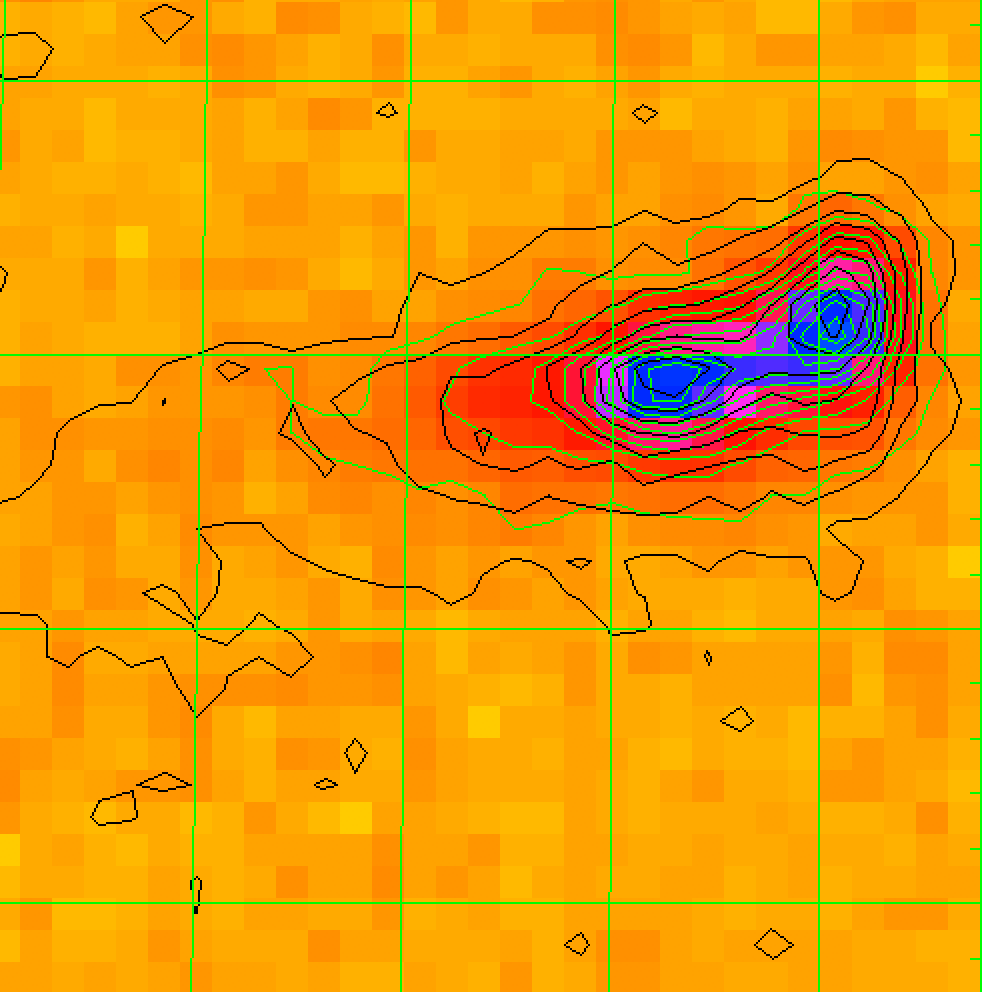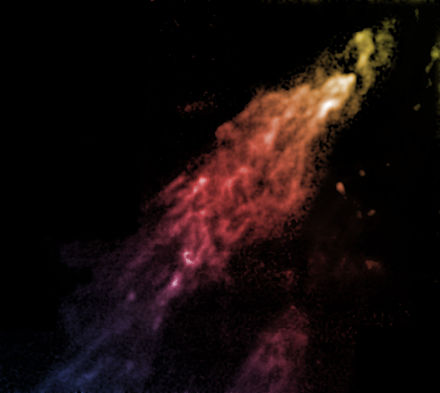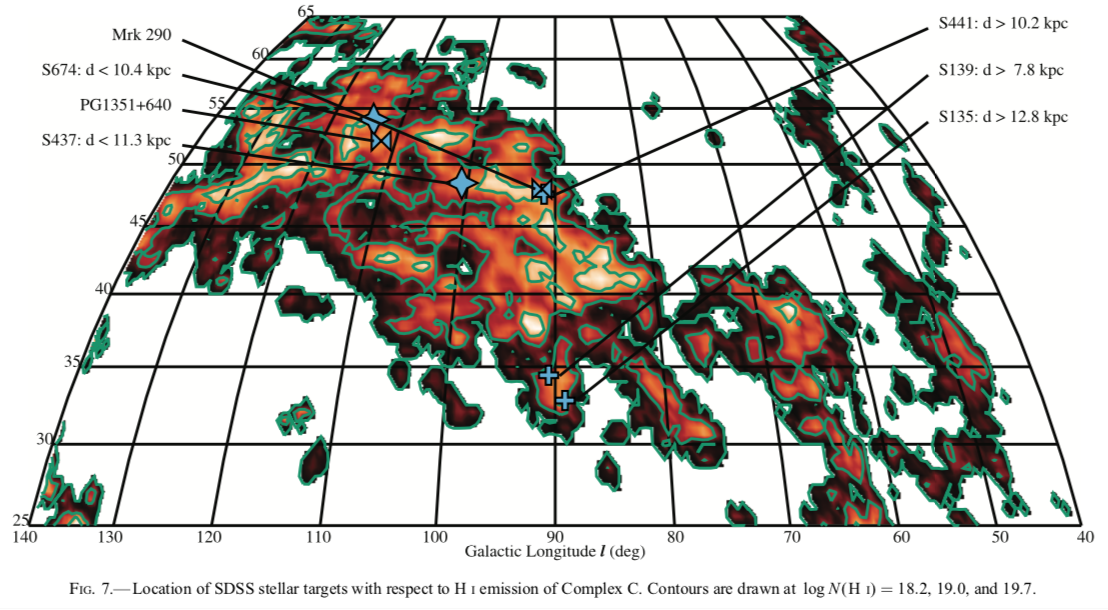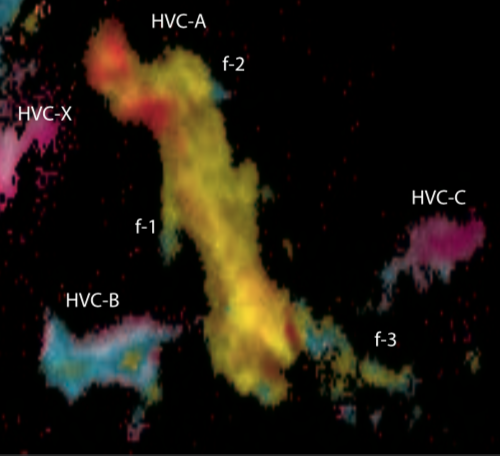High velocity clouds
As gas falls into the potential well of galaxies it interacts with the interstellar medium. This gas injects energy and momentum and, being of lower metallicity than galactic gas in typical spiral galaxies, can alter galactic chemical evolution.
The goal of this project is to improve our understanding of the thermal and dynamical state of this gas, whether it is in the form of a compact cloud (i.e. HVC125+41-207) or a very large complex (Complex C), when it falls on our galaxy.
Work in progress
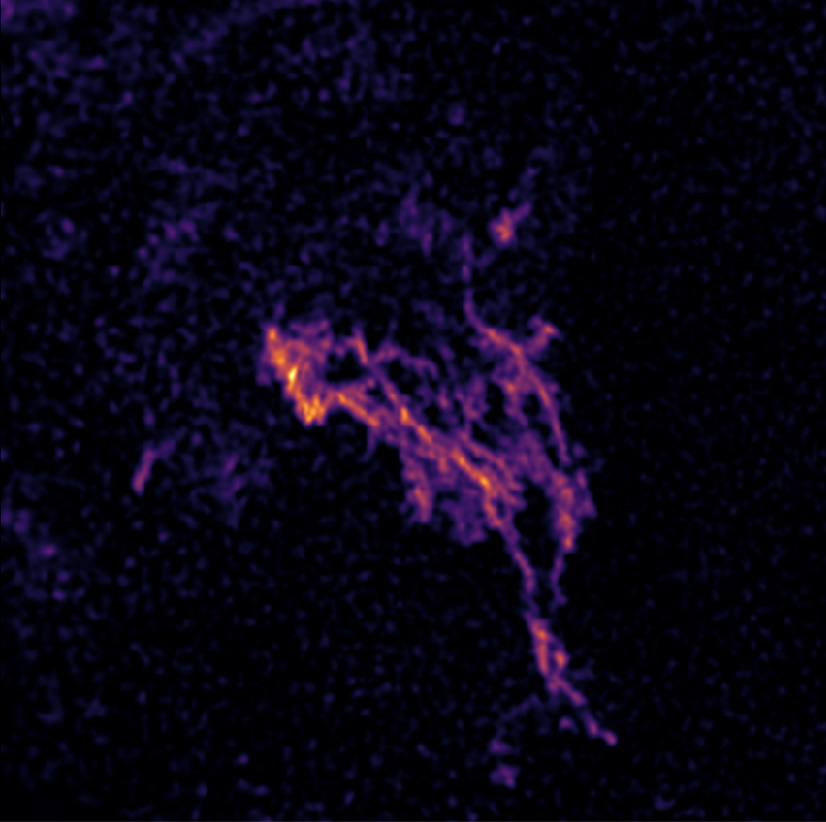
Marchal et al. 2020 (in prep) - Resolving the formation of cold HI filaments in Complex C
The goal of this study is to quantify observationally the phase transition of the neutral gas observed in a sub-region of Complex C. The extracted properties raise interesting questions about the origin of this condensation and the state of the cloud as it falls into the gravitational potential of our galaxy.
Side Links
Definition (Brüns et al. (2001))
High-velocity clouds (HVCs), first discovered by Muller et al. (1963), are defined as neutral atomic hydrogen clouds with radial velocities (relative to the local– standard–of–rest frame, LSR) that can not be explained by simple galactic rotation models.
